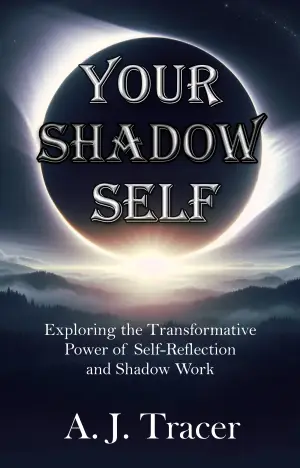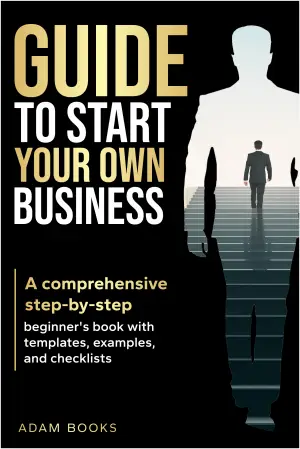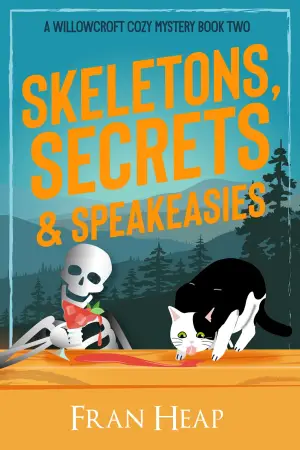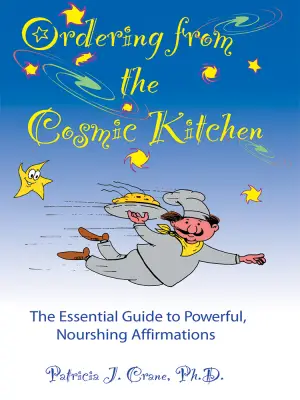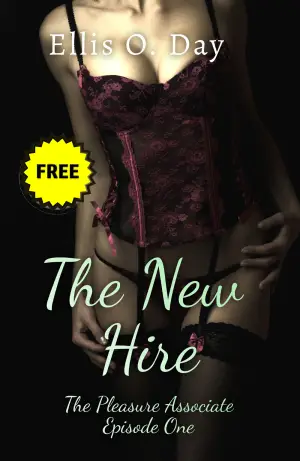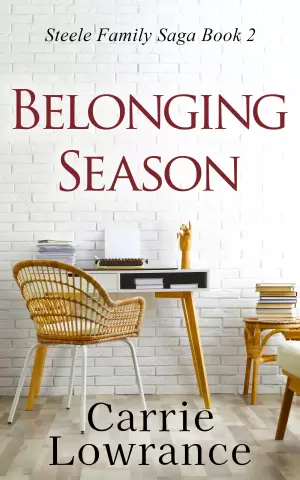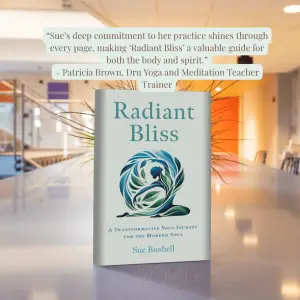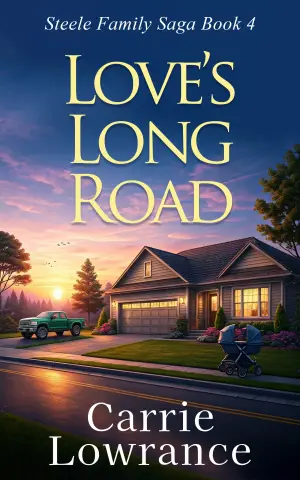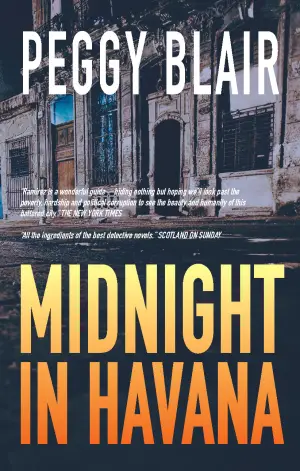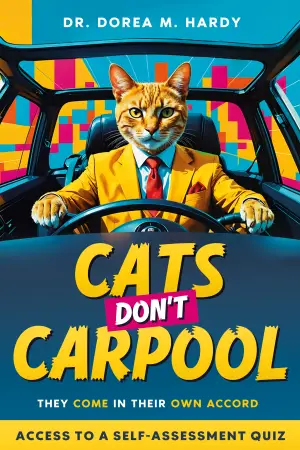Review of It Ends with Us by Colleen Hoover
When I first picked up It Ends with Us, I was drawn in by the buzz surrounding Colleen Hoover’s latest release and the promise of a compelling narrative that tackles tough subjects. With an author whose work has generated so much discourse, I expected an emotional whirlwind, but I found myself deeply troubled—and not in the way I had anticipated.
At its core, It Ends with Us aims to illuminate the complexities of domestic abuse through the eyes of Lily Bloom, a woman navigating a love story that twists and turns along a dark path. The novel is built on the foundation of Lily’s relationship with Ryle, a charming neurosurgeon whose abusive tendencies slowly come to the fore. Hoover poses provocative questions through lines like, “People spend so much time wondering why the women don’t leave. Where are all the people who wonder why the men are even abusive?” However, while I appreciate this essential inquiry, I couldn’t help but feel that the execution sometimes oversimplified or even romanticized the very serious realities of such relationships.
Hoover’s writing style is undeniably engaging, often flowing effortlessly. Her knack for crafting memorable quotes shines through, capturing emotional depths that resonate with readers. Yet, the content often veers into troubling territory—particularly with Ryle’s character, who fluctuates between charming and dangerously manipulative. His trauma is weaponized in ways that could promote potentially harmful interpretations among readers, especially those new to the complexities of abusive relationships.
One line that stuck with me was Ryle’s assertion, “There’s no such thing as a bad person, only people who do bad things.” This sentiment sparked a lot of internal debate for me. While it’s true that people are often a mix of good and bad, I found myself reflecting on Ryle’s actions and questioning whether this narrative truly serves the book’s purpose. Is it really acceptable to give a character a semblance of redemption after the heinous acts he’s committed, particularly when it can lead readers, especially younger ones, to sympathize with him?
The side characters and subplots, particularly the relationship between Lily and Atlas, often felt like unnecessary distractions from the gravity of the main narrative. This intertwining of romance in a story that deals with severe issues of domestic abuse diminishes the weight of Lily’s choices. By suggesting that a heroic figure like Atlas could be her savior, the story runs the risk of suggesting that finding another ‘better’ man is the solution to escaping abuse—an idea that undermines the complex reality many women face.
In the end, It Ends with Us feels like a book teetering on a tightrope—wanting to shed light on domestic abuse while simultaneously flirting with tropes of romanticizing trauma. I can’t help but feel concern for the readers who might misinterpret its messages, believing they are reading a simple love story rather than one that holds complex, often painful truths.
This book might find its audience among those intrigued by intense emotional narratives or readers who are already familiar with the complexities of abusive relationships. However, for those seeking a clear message or resolution, this may be a frustrating read. Personally, it left me reflecting deeply—not on romance, but on the narratives we create around pain, love, and redemption, and the importance of approaching such topics with the seriousness they deserve.
Ultimately, It Ends with Us has sparked a significant conversation, but it is essential to navigate it with care and awareness. If anything, this book prompts a critical examination of how we view love and abuse, and the conversations we need to have about it. Much love to anyone who has experienced or is grappling with these issues—you’re not alone.
Discover more about It Ends with Us (It Ends with Us, #1) on GoodReads >>



